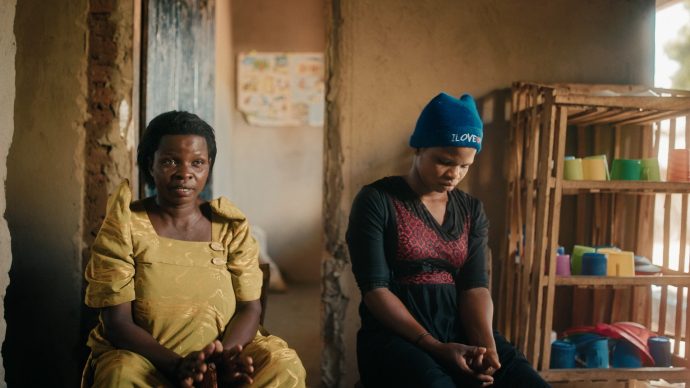21 June 2010 (UN News)– Afghanistan, the world’s leading producer of opium and hashish, is seeing an increasing number of its own citizens taking drugs, according to a new United Nations report released today, which found that around one million people – eight per cent of the population – suffer from addiction.
“The human face of Afghanistan’s drug problem is not only seen on the streets of Moscow, London or Paris. It is in the eyes of its own citizens, dependent on a daily dose of opium and heroin above all – but also cannabis, painkillers and tranquilizers,” said Antonio Maria Costa, the Executive Director of the UN Office on Drugs and Crime (UNODC ), which issued the report.
Mr. Costa noted that many Afghans are taking drugs as a kind of self-medication against the hardships of life, with a large number having begun the habit as migrants or refugees in camps in Iran and Pakistan.
“After three decades of war-related trauma, unlimited availability of cheap narcotics and limited access to treatment have created a major, and growing, addiction problem in Afghanistan,” he said.
Compared to five years ago when a similar survey was conducted, the number of regular opium users has risen 53 per cent, from 150,000 to 230,000. The number of heroin users rose from 50,000 to 120,000, an increase of 140 per cent, during the same period.
Drug abuse is leading to a number of other problems such as behavioural, social and health issues; crime; accidents; and loss of productivity in the workplace, noted the report, entitled “Drug Use in Afghanistan.”
Injecting drug use, as well as sex traded for drugs or money, spread HIV and other blood-borne diseases, it added.
Forældre giver deres børn opium
A shocking statistics in the report is the number of parents who give opium to their children – as high as 50 per cent of drug users in the north and south of the country.
“The next generation of Afghans risks being condemned to a life of addiction,” said Mr. Costa. “And addiction will grow exponentially, as each family on average has half a dozen kids.”
The report also reveals the shortage of drug treatment available in the country, with only ten per cent of drug users surveyed having received any form of drug treatment.
Noting that over 700,000 Afghans have no access to drug treatment, Mr. Costa invited Afghanistan’s partners to give the same attention to helping the country overcome its drug-related health crisis as they are to curbing drug cultivation.
The first-ever Afghanistan Cannabis Survey, released by UNODC in March, confirmed that the country – already the world’s biggest opium producer – also leads global hashish production.
“Much has been said and written about Afghanistan as a leading producer of drugs, causing health havoc in the world. It is time to recognize that the same tragedy is taking place in Afghanistan, [which] has now become a leading consumer of its own opium,” said Mr. Costa.














